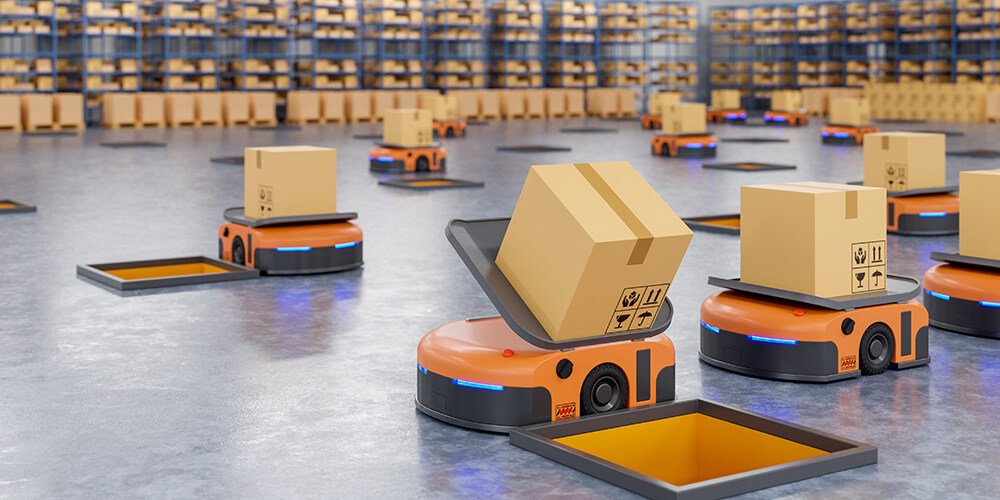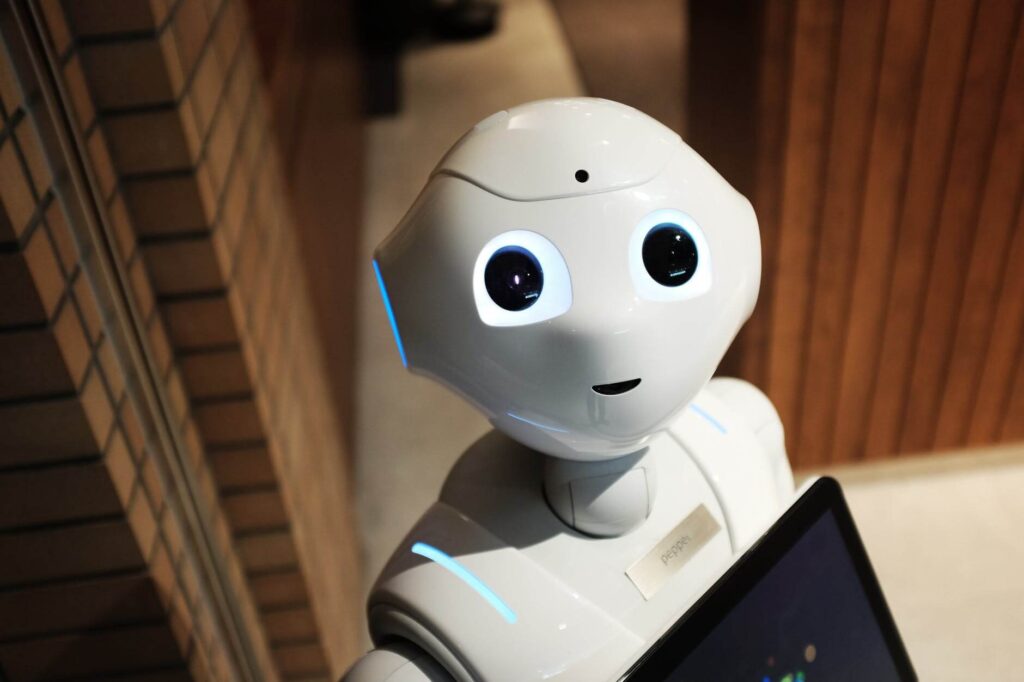The Robots Are Coming. But Are They Really Coming to Take Our Jobs?
Let us help you turn
your workforce into a
true force

Right now, AI is having an impact on some areas of human capital management that are related to outplacement, including tools to help us connect non-working talent with job openings.
Is the coming robot apocalypse more hype than reality?
Greg Simpson
If you follow the news, it’s hard not to worry that our livelihoods will all be replaced by machines or automated processes that do not need health benefits, paid vacation or company parties. And that it’s going to happen soon.
Take the financial services industry. Former Citibank CEO Vikram Pandit said in a September 2017 interview that AI and robots could eliminate up to 30 percent of all banking jobs. The same month, former Deutsche Bank CEO John Cyran upped the ante when he predicted that nearly 50,000 employees worldwide—half of the bank’s total workforce—could be replaced with robots within a decade.
Are these predictions actually in the realm of possibility? A recent investigative story in the Financial Times suggests that the coming robot apocalypse may be more hype than reality, and it is clouding the real impact that automation will have on the global workforce.
In a survey of 30 of Europe’s biggest banks, the Financial Times found that most are still trying to figure out exactly how Artificial Intelligence and robotics can be applied to processes and that the cases where machine learning has actually replaced people are “modest.” More importantly, many of the institutions reported needing to hire additional people to figure out how AI will change their operations.
“Rather than racing towards an AI-enabled future,” the FT reported, “the industry is feeling its way forward.”
Which is more or less how other industries are approaching Artificial Intelligence.
Like the banking and insurance industries, many career transition firms have been rushing to find ways of connecting their brands to AI. As is the case with banks, in most instances these claims are a triumph of hyperbole over reality.
Has technology produced any profound changes in the Outplacement industry?

Let’s be clear, technology has produced some profound changes in the outplacement industry. Virtual service delivery, LinkedIn, mobile-ready job sites, virtual job fairs and chatbots are just some of the ways that new technology is transforming what we do, how we serve our clients and how people find jobs.
LHH’s own chatbot, Ella, is a good example of how AI improves some outplacement processes. Ella not only helps guide job seekers but also collects and analyzes relevant data about each individual job seeker to help them find relevant job opportunities and even make recommendations. It’s an elegant, efficient and effective tool that helps non-working talent sift through mountains of data quickly to pinpoint the most promising job leads.
But does Ella’s success mean the end of the human factor? Outplacement is a good example of an industry that is leveraging AI to improve its processes without replacing human interactions.
Right now, AI is having an impact on some areas of human capital management that are related to outplacement, including tools to help us connect non-working talent with job openings.
Sorting through resumés and identifying potential candidates has for many, many years been a weak link in the talent acquisition chain. It is laborious, time-consuming and inherently inconsistent.
Research has shown that the people doing the sorting and identifying, along with those making actual hiring decisions, are prone to bias on the basis of gender, race and age. The fact that human beings are more likely to hire someone who looks and sounds like they do is one of the reasons why organizations struggle to address problems like diversity and gender equality.
While technology removes some of the bias, the results are still less than stellar. Many large organizations use CV parsing technology, which is supposed to do a better job of identifying the talent needles in the haystacks of resumés they have to sort through on a regular basis.
There are many parsing programs, but all generally feature the automated storage and analysis of resumé data. This allows the stored information to be sorted and searched to find candidates that most closely match the requirements of a particular job opening.
The problem is that parsing algorithms rely heavily on semantic search engines that look for certain keywords to sort and organize resumés. Early adopters recognized that, with different writing styles and syntax along with the reality that some words have more than one meaning, parsing technology was not the magic technological bullet the talent acquisition industry was looking for.

Is AI a potential solution for the limitations of parsing technology? Many of the world’s largest employers certainly think so.
Talent acquisition professionals are already taking advantage of AI-influenced tools. Deloitte’s 2018 Global Human Capital Trends report found that by the end of this year, nearly two-thirds of the organizations it surveyed will involve some form of AI to help improve hiring decisions.
The growing interest in employing AI tools in talent searches is likely based on the fact that early signs show that they perform much better than semantically driven search engines and even better than human sorting.
The Harvard Business Review looked at 17 different statistical studies that compared human and mechanical evaluations for job or school admission applicants. The HBR report found that in almost every instance, machines outperformed the human-led processes when it came to identifying the best applicants.
However, the study’s authors did not recommend the elimination of the human factor completely. AI, the article noted, was most effective at “narrowing the field” to identify the most promising candidates; final decisions could and should still be left to humans.
This debate is very important at LHH, where we are pioneering new processes that are bringing non-working talent closer than ever before to talent acquisition professionals and the jobs openings they control.
Talent acquisition professionals have long craved a process where they can regularly access a pool of non-working talent that is pre-sorted and identified as most-qualified for an open position. It removes the time and frustration of sorting through a tsunami of resumés to eliminate people who are not even remotely qualified. It also means a shorter and more cost-effective on-ramping and less likelihood of a bad hire.
This could be particularly important in the outplacement field, where many firms have not tried to bridge the gap between non-working talent and talent acquisition professionals. If there are new processes or technology that can help shorten that distance between the pool of non-working talent and those open jobs, it could deliver enormous benefits to both job seeker and talent hunter.
Although machines and algorithms can certainly improve the work of outplacement firms, it is important to maintain a human element. As many other industries are learning, there are certain aspects of the outplacement process that cannot be automated. Conceiving and designing new processes, building personal relationships though networking, face-to-face coaching, critical and contextual thinking and empathy – elements that remain beyond the reach of AI – are still essential to a successful transition.
There is little doubt that AI will influence future iterations of outplacement. It has and will continue to improve and enhance the way we help non-working talent find their next great opportunities.
As is the case with most industries, however, AI will never completely replace human beings in the outplacement equation. A job search is a deeply personal experience that AI – for all its untapped power and possibilities – can still not entirely comprehend.
Source: lhh.com



